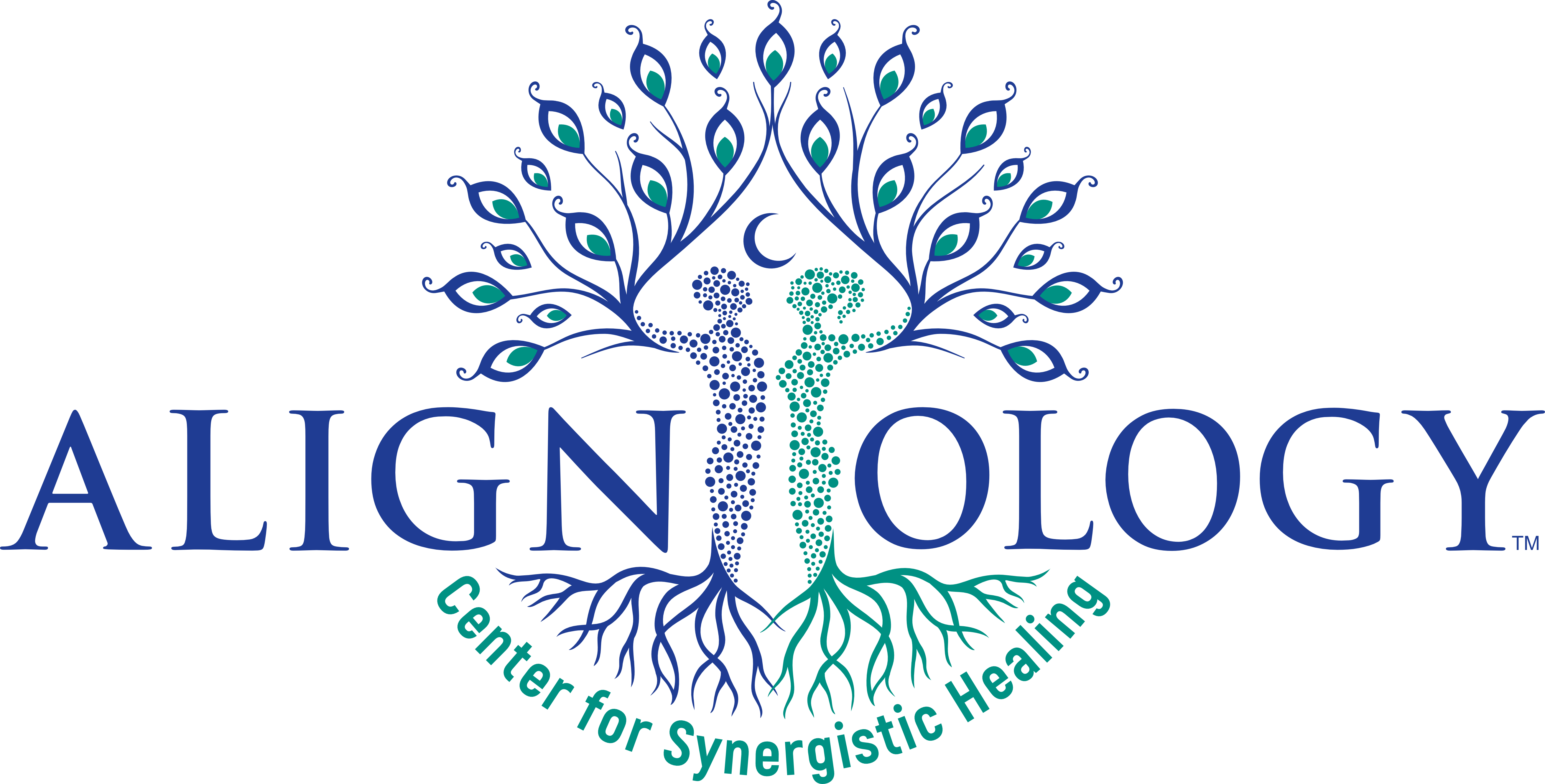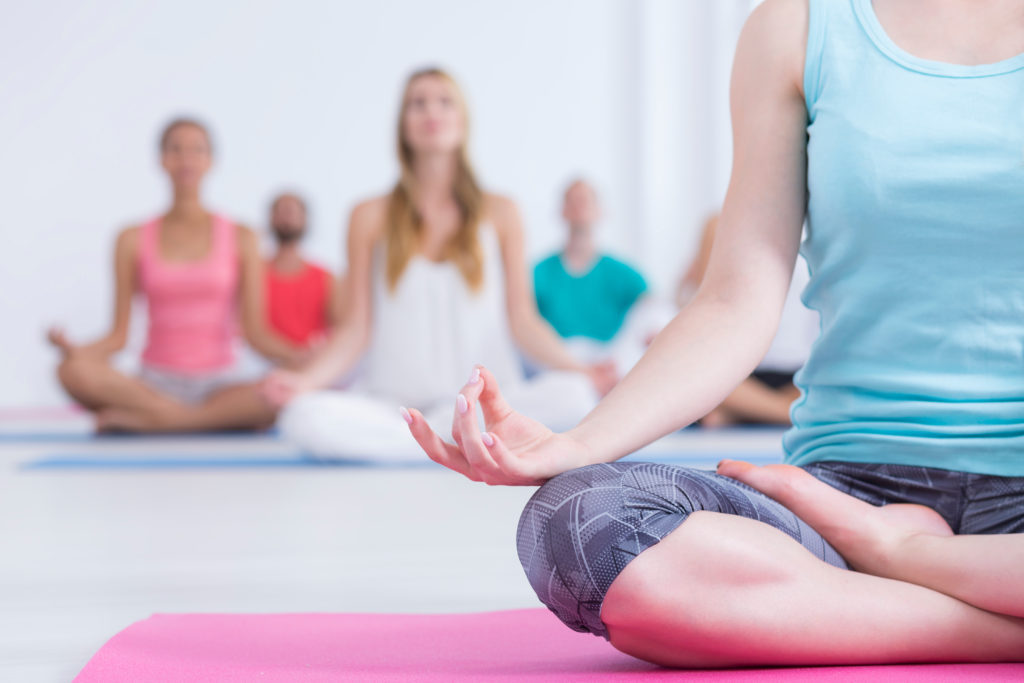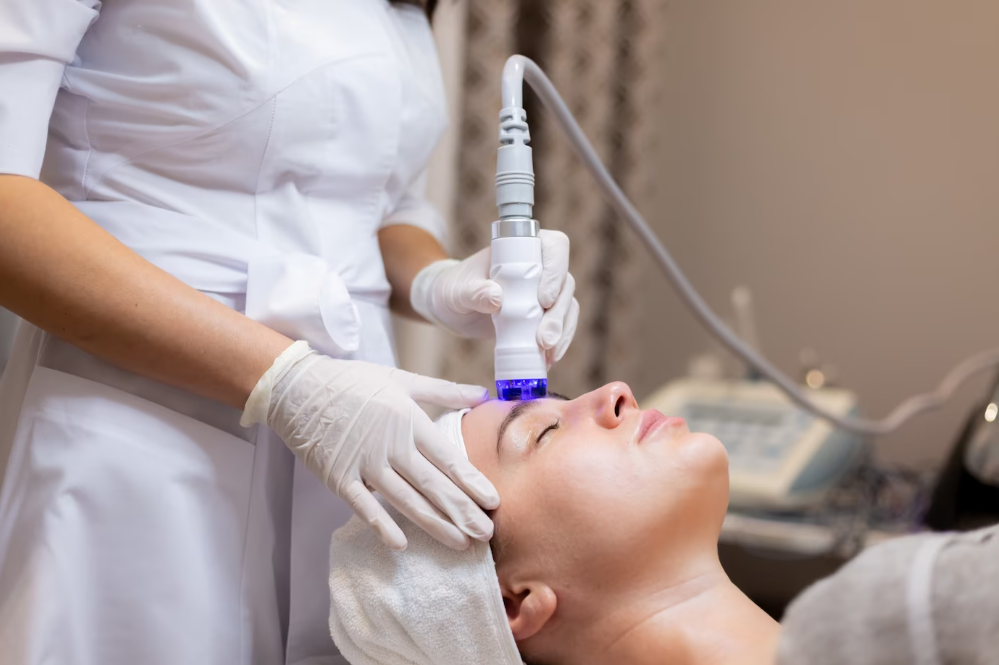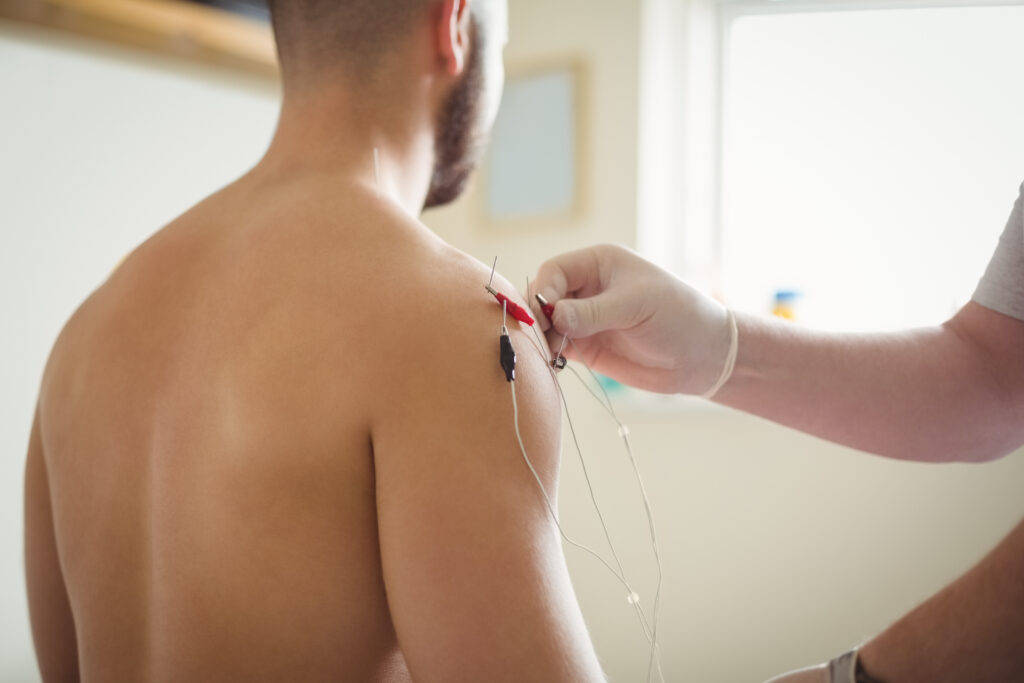High blood pressure is a serious condition that can lead to heart disease and other health problems. If you have high blood pressure, it’s important to find an exercise routine that is gentle and effective so you can help lower your blood pressure and maintain a healthy lifestyle. Yoga may be the perfect solution for you!
Yoga has been shown to be an effective way to manage high blood pressure, and we’ve compiled a list of yoga routines designed specifically for people with high blood pressure. These routines include gentle poses that work to improve circulation throughout your body and reduce stress levels. If you have high blood pressure, give these a try and see if it helps to lower your blood pressure.
What is High Blood Pressure and its Risk?
If you are one of the estimated 69 million Americans who have high blood pressure, you may be wondering what it is and how it affects your health. High blood pressure, also referred to as hypertension, is a condition in which the force of blood against your artery walls is high enough that it can cause health problems over time. Left untreated, high blood pressure can lead to heart disease, stroke, and other serious health problems. But with early diagnosis and treatment, many people with high blood pressure can get their condition under control and enjoy a long and healthy life.
Yoga Routine for Beginners in Las Vegas
There are plenty of strategies for managing the condition when it comes to high blood pressure. But what if you’re looking for an alternative to medication? Yoga may be just what you need. Yoga can be a valuable addition to your health plan for keeping your blood pressure in check.
This beginner’s yoga routine is designed to help you get started. With regular practice, you may find that yoga helps reduce your blood pressure, reduce your stress levels, and improves your overall health.
Sukhasana (Easy Pose) — To Relieve Stress
Sukhasana often referred to as the “Easy Pose” is a basic yoga posture that is typically recommended for those new to yoga. It helps improve posture, breathing, and concentration. When done regularly, Sukhasana can also help decrease high blood pressure.
Here’s how to do it:
- Sit on the floor with your spine straight and legs crossed.
- Rest your hands on your thighs with your palms up or down.
- Close your eyes and focus on relaxing all of your muscles, starting with your toes and working up to the top of your head.
Cat-Cow — To Awaken the Spine and Ease Back Pain
The Cat-Cow yoga position is a great way to start your yoga practice. It warms up your spine and prepares your body for more advanced poses.
Here’s how to do it:
- Come onto all fours, with your wrists under your shoulders and your knees hip-width apart. Your spine should be neutral, not arched or rounded.
- Inhale as you arch your back and look up at the ceiling, like a cow grazing on grass. Hold for a few seconds before returning to the starting position. Hold for a moment.
- Exhale as you tuck your chin and around your back, like a cat stretching its back legs. Repeat a few times.
Vtksana (Tree Pose) — To Improve Your Balance
The Vtksana (tree pose) yoga position is a great way to improve your balance and strengthen your core. It’s also a great way to increase the flexibility in your hips, thighs, and ankles.
Here’s how to do it:
- Begin by standing with your feet together.
- Shift all of your weight onto your left foot and lift your right foot up so that the sole of your right foot is resting on the inside of the left thigh.
- The closer you can bring your right ankle toward your left groin, the more challenging the pose will be.
- Make sure that both of your hips are facing forward and that you’re not leaning too far to one side.
Adho Mukha Svanasana (Downward-Facing Dog) — To Enhance Flexibility
The downward-facing dog is a yoga pose that is typically used at the beginning of a practice to warm up the body. It stretches the hamstrings, calves, and shoulders while also strengthening the arms and core.
Here’s how:
- Start on all fours with your hands directly under your shoulders and your knees hip-width apart.
- Spread your fingers wide and press firmly into the mat with your palms as you slowly lift your knees away from the floor.
- Lift your hips up and back, extending your tailbone up towards the ceiling.
Balsana (Child’s Pose) — To Help You Relax and Unwind
Balsana (child’s pose) is a great way to relax and stretch your body. It’s especially beneficial for the lower back, hips, and thighs.
Here’s how to do it:
- Start by sitting on your heels with your hands on the floor in front of you.
- Spread your knees wide apart and press your big toes together.
- Walk your hands all the way forward, pressing your forehead to the floor. Hold for 5-10 breaths.
- To come out of the pose, inhale as you rise up slowly, vertebrae by vertebrae until you are seated upright.
Baby Pigeon Pose — To Open Up Your Hips
Pigeon pose is a great way to open up your hips and stretch the glutes. It’s especially beneficial for pregnant women and new mothers, as it helps to prepare the body for childbirth and recovering from giving birth.
Here’s how to do baby pigeon pose:
- Come into a low lunge with your right foot and your left knee on the ground. Slide your right foot toward the left side of your mat keeping both hips facing forward.
- Lowering down onto your forearms, slide your chest forward until you feel a nice stretch in your hip flexors. Hold here for 5 deep breaths, then release and switch sides.
Tadasana (Mountain Pose) — To Improve Your Posture
Tadasana is a simple yoga pose that can be practiced virtually anywhere. This basic standing posture gives you a sense of stability and stillness while strengthening your legs and spine.
Here’s how to do it:
- Stand tall with your feet together, toes pressing firmly into the mat.
- Spread your fingers wide and press your palms together in front of your heart.
- Engage your quads and pull up through your inner thighs.
- Point your tailbone down and tuck your chin slightly.
- Hold for 5-10 deep breaths, then release.
Viparita Karani (Legs-up-the-Wall Pose) — To Restore and Revitalize
Viparita Karani (legs-up-the-wall pose) is a great way to relax and rejuvenate the body. This pose can be done almost anywhere, and it’s simple to do.
Here’s how to do it:
- Lie on your back with your palms facing up.
- Bring your legs up against the wall, and scoot your hips as close to the wall as you can.
- Keep your legs straight, and allow your head and neck to relax down onto the floor.
- Hold for 5-10 minutes, or until you feel relaxed.
Benefits of Yoga Therapy for High Blood Pressure
High blood pressure is a common health condition that can lead to serious problems if left untreated. While medication is often prescribed to help regulate blood pressure, there are many natural ways to lower blood pressure as well. One such way is through yoga therapy. Yoga has been shown to be an effective way to reduce blood pressure, improve heart health, and promote overall wellness.
Here are some of the key benefits of yoga for high blood pressure:
- Yoga can help improve circulation and heart health
- Yoga can help reduce stress and anxiety
- Yoga can help improve overall cardiovascular health
- Yoga can increase flexibility and strength
Yoga Therapy & Yoga Classes in Las Vegas
Yoga has been shown to provide a number of benefits, including reducing stress levels and improving sleep quality. In addition, research has shown that regular yoga practice can lead to better cognitive function and reduced risk of chronic diseases such as heart disease and stroke.
If you are looking for a form of therapy that can help improve your physical and mental health, signup for our Yoga Sessions at ALIGNOLOGY & Associates in Las Vegas!




